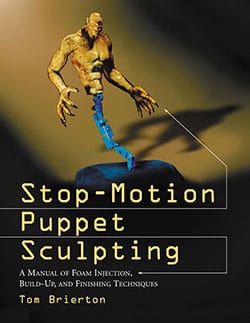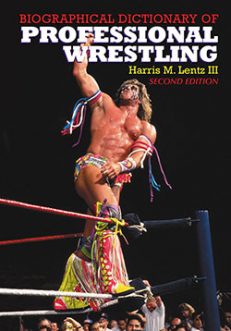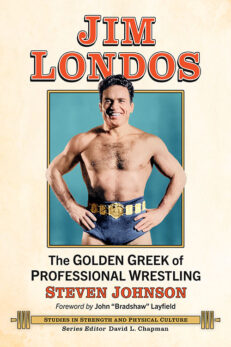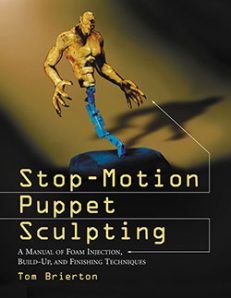Stop-Motion Puppet Sculpting
A Manual of Foam Injection, Build-Up, and Finishing Techniques
$49.95
In stock
About the Book
Stop-motion puppet animation is one of the most unusual and demanding art forms in the world. It uses a variety of skills, including design, sculpting, metal work, mold making and casting, taxidermy, filmmaking, storytelling and acting, and can be seen in the simplest commercial spots on television to more complex animated shorts and science fiction and fantasy feature films.
This work explains research and design of puppets, and details the fabrication of stop-motion puppets around a metal armature skeleton using the build up and foam injection processes. The former technique uses pre-cut blocks of foam formed with a pair of scissors or other instrument into the shape desired and attaching them to the armature. In the latter technique, the character is sculpted in clay over the armature. This clay sculpture is then replaced with foam by using a plaster mold and injection gun techniques. Finishing techniques described include the making of hair, eyes, eyelids, teeth, horns, nails, and chitinous (insect-shell-like) surfaces. The manual also covers the process of creating replacement heads using rubber molds (such as RTV) and urethane castings. A glossary and bibliography complete the extensively illustrated work.
About the Author(s)
Bibliographic Details
Tom Brierton
Format: softcover (8.5 x 11)
Pages: 86
Bibliographic Info: 192 photos, bibliography, index
Copyright Date: 2004
pISBN: 978-0-7864-1873-2
eISBN: 978-0-7864-8953-4
Imprint: McFarland
Table of Contents
Acknowledgments vii
Preface 1
1. Research, Design, Sketching and Sculpting 3
2. The Sculpting Process 9
3. The Foam Injection Technique 21
4. Mixing and Injecting Hot Foam Latex 35
5. Creating Build-Up Puppets 47
Concluding Remarks 67
Glossary 69
References 71
Index 73
Book Reviews & Awards
“superbly illustrated…Brierton generously shares the knowledge he has gleaned from more than 30 years of puppet-making experience…various steps are clearly explained and are accompanied by detailed, black-and-white photographs”—Animation Magazine.





